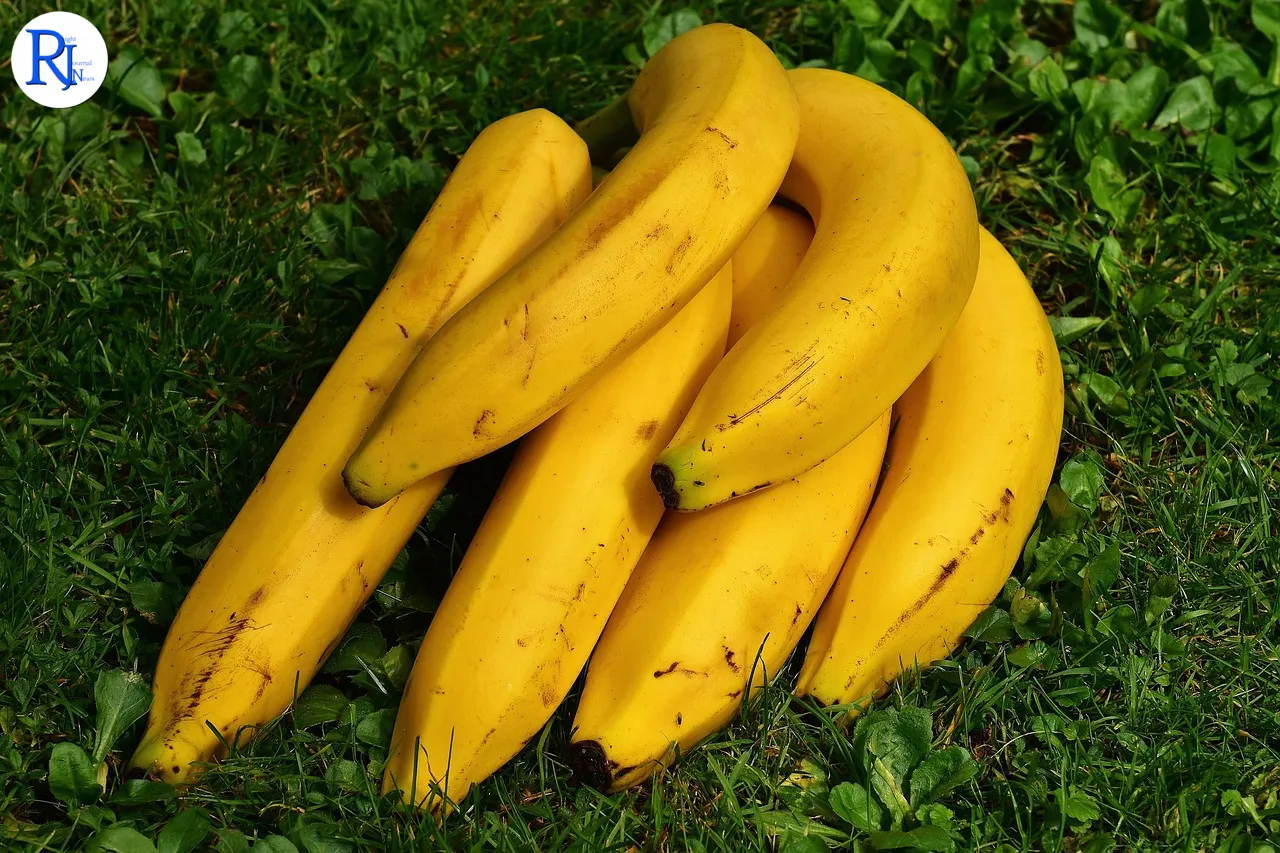Google is weaving an AI image generator, dubbed “Nano Banana,” into two of its most used products: Search and NotebookLM, with Google Photos set to follow. The rollout marks another step in the company’s push to put generative tools where people already work, browse and organise their notes, rather than keeping them in standalone apps. The feature aims to let users create visuals directly inside a search result or a research note, instead of switching tools. The move comes as rivals embed image makers across messaging, productivity and creative suites, and as regulators increase scrutiny of synthetic media. According to a report from TechRadar, Google’s integration plan places the Nano Banana model at the heart of Search and NotebookLM, with image features in Photos expected later.
Context and Timing
TechRadar reported the update on Monday, 13 October 2025. The changes affect Google Search results and the company’s AI-powered note-taking tool, NotebookLM, with Google Photos integrations expected afterwards. Google has not published a detailed public timeline alongside the TechRadar report.

Image generation enters Search results
Google’s decision to embed an image model in Search reflects a broader trend: people seek not only answers but also quick visuals in the same place. Users may look for a concept, then want a simple diagram, a product mock-up, or a rough draft of a social post. Bringing an image generator into the search flow reduces friction. It also keeps users within Google’s ecosystem at the moment of intent, where the company can apply its safety systems and attribution cues.
Search already shows AI-generated overviews in some markets and contexts, and Google has tested creative tools in limited pilots. The addition of an image model extends that pattern. It also raises familiar questions about how Google labels synthetic images, how it prevents misuse, and how it ranks or separates AI-made content from web results. Industry guidance has stressed clear labelling and robust filters for harmful or misleading prompts. Google has previously promoted watermarking and metadata signals as part of its approach to AI safety.
NotebookLM gets a visual boost
NotebookLM, which helps users organise documents and generate summaries, now gains the ability to produce images in-line, according to TechRadar. For students, researchers and creators, that means they can illustrate an idea, storyboard a concept, or visualise a data point without shifting to a separate app. For example, a writer drafting a report could request a simple header image to match a theme, or a teacher could prepare a quick illustrative graphic to support a lesson plan.
The change brings image generation into a context grounded by a user’s own materials. That grounding can reduce hallucination risk in text outputs by tying prompts to source notes. However, images still carry their own risks, including style copying and misleading depictions. NotebookLM’s document-aware features might help users generate more relevant visuals, but they also require clear usage boundaries, especially in academic and professional settings where originality, citation, and licensing matter.
Photos integration promises familiar safeguards
The TechRadar report says Google Photos will follow. Google Photos already offers generative edits such as Magic Editor and Magic Eraser, which recompose scenes or remove distractions. An image generator built into Photos would sit alongside those features and likely inherit the app’s familiar interface and guardrails. Users would expect tools that flag when an image has been altered or created and options to view originals where relevant.
The company and its DeepMind unit have promoted SynthID, a system that can embed imperceptible, machine-detectable watermarks into AI images and add metadata to support industry standards. Google has highlighted watermarking and AI-generated content labels across its ecosystem. If Google extends those practices to Nano Banana output in Photos, users may see consistent indicators that a picture is AI-made, whether they view it in Photos, Search, or other Google surfaces that support such signals.
Competitive pressure intensifies the rollout
Tech firms have raced to bring image generation closer to where users spend time. Microsoft’s Copilot integrates image creation powered by partner models across Bing and Office tools. Meta has placed image generators into messaging apps and its photo platforms. Adobe has tied Firefly features into Photoshop and Express, while Apple has begun adding on-device creative tools such as Image Playground and Genmoji to its systems. In that context, Google’s move keeps pace with rivals that frame generative features as table stakes.
Google also competes with independent image platforms and open-source models that hobbyists and professionals run locally. Embedding a generator into Search and NotebookLM offers convenience that third-party tools cannot match inside Google services. It also gives Google more control over safety filters, content labelling and usage telemetry. For users, the attraction lies in speed and a single sign-in. For Google, the benefit lies in engagement and the chance to set norms around how people create and share AI-made images.
Safety, rights and reliability remain under the spotlight
Every large-scale image model faces questions about training data, style mimicry, and potential bias. Artists and stock libraries have challenged the use of copyrighted material in training corpora. Regulators in the EU and elsewhere have set expectations for transparency and labelling. Google has previously said it uses a mixture of licensed, public and partner data across its models, and it has backed content provenance initiatives that attach source information to digital media.
Search integration increases the stakes. Misinformation can spread faster when an image appears alongside an answer. Clear disclaimers, robust filters for sensitive topics, and traceable provenance signals help reduce risks. Google’s adoption of watermarking and metadata, together with policies that limit outputs on harmful prompts, aims to keep misuse in check. Users still need to exercise judgement, especially when images could influence news, politics or health decisions. Enterprises will look for administrative controls, audit logs and usage limits before allowing staff to rely on such tools at work.
What we still do not know
The TechRadar report does not set out detailed availability by country, account type or device class. It also does not specify whether the model runs in the cloud, on-device, or in a hybrid mode. Google offers different AI tiers, such as smaller models tuned for mobile and larger models that run in data centres. The “Nano Banana” name hints at compact design, but Google has not published technical specifications in this report’s context. Users will want to know about quotas, costs, data retention policies, and whether the features will appear in personal and enterprise accounts.
Developers and publishers will also watch how Google presents AI images in Search relative to web image results. Any change in ranking or visual prominence can affect traffic. Clear separation and labelling can maintain trust and help creators understand how their work appears alongside AI content. Google will likely refine the experience as feedback arrives, particularly if early tests show confusion or misuse.
Wrap-Up
Google’s move to plug an AI image generator into Search and NotebookLM, with Photos on the horizon, underlines a simple trend: creative tools now sit inside the apps people already use. The reported integration offers convenience and speed, and it positions Google to shape norms around labelling, safety and provenance for synthetic media. It also invites scrutiny about training data, rights, and the potential for confusion when AI images appear near authoritative answers. Key unknowns remain, including rollout timing, markets, and the technical footprint behind Nano Banana. Users should watch for consistent labels, clear controls, and robust safety filters as the features arrive. Competitors will respond with their own integrations, but the stakes are highest for Google, which must keep Search both useful and trusted as it builds creative AI into its core products.

